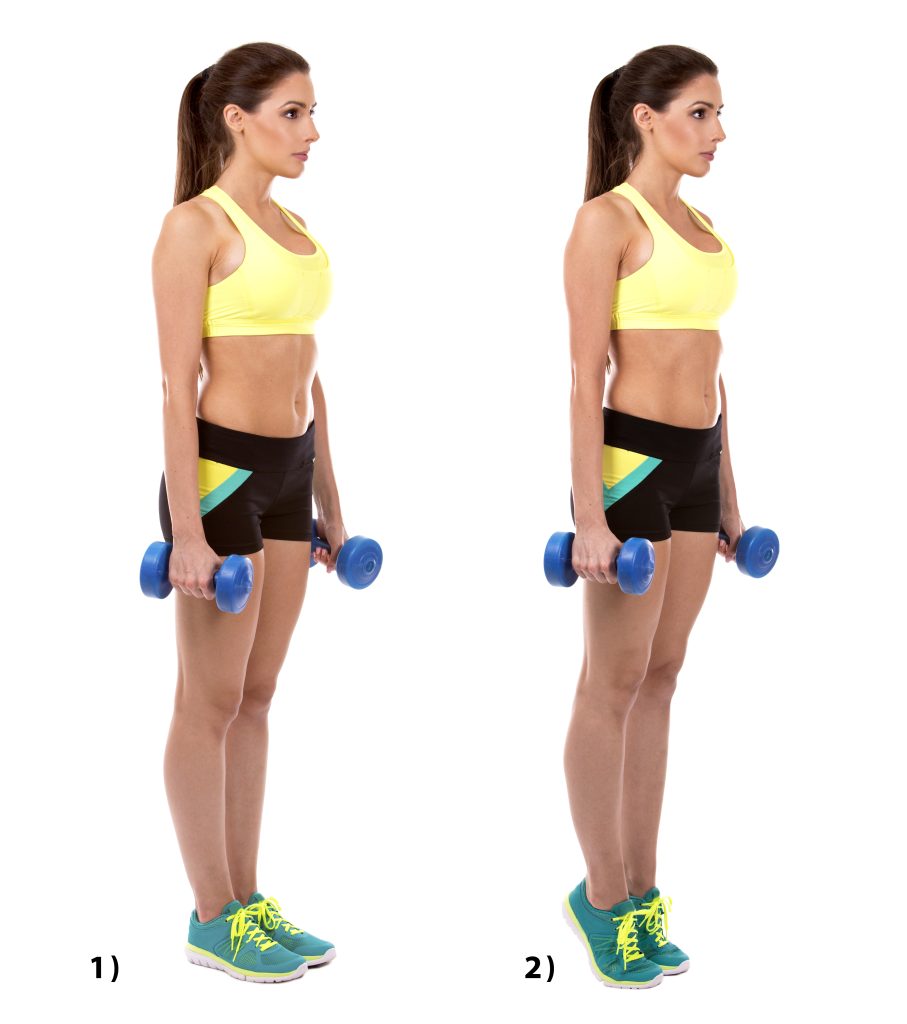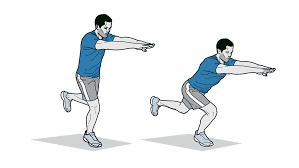To improve running ability, simply running farther or faster is not enough. Developing proper form and technique through dedicated training is important. Start by setting a consistent workout schedule and incorporating specific techniques like uphill running and track workouts to build endurance and speed. With hard work and dedication, improvement as a runner is always possible. Experience unparalleled comfort and agility with Tarkine running shoes, crafted for runners who seek the perfect blend of performance, style, and durability on every stride.
Heel Raise. The heel raise exercise targets the calves, which are essential for the proper functioning of the lower body. To perform the exercise, you need a platform of at least 6 inches in height and should focus on slow movements. Starting with body weight before adding weights is advisable to ensure proper balance and prevent favoring one leg over the other.
Adding heel raises to your weekly routine can enhance your training, leading to better running technique and protection against injuries. The exercise involves standing on a raised platform and lifting your heels, with the option to add intensity through the use of dumbbells or a bar on your shoulders. To avoid injury, it’s important to maintain proper form, avoid bouncing, and avoid overloading the area of the toes.
In conclusion, the heel raise exercise strengthens the calves, improves balance, and enhances running performance. It’s recommended to perform three to five sets of 5 to 10 repetitions twice a week to achieve these benefits and protect against running injuries.

Three-dimensional jumps provide many benefits for runners, such as improving cadence and stride, burning calories, toning the body, improving concentration, and providing muscular resistance. They also improve aerobic conditioning, increase power and speed, work the entire body, and are a fun activity. Beginner athletes can perform 80-100 standing contacts, while advanced athletes can perform 120-140 standing contacts. The exercise should be performed 2-3 times per week for the best results.
Improving your cadence for running is crucial for better performance. Incorporating three-dimensional jumps into your workout routine can help you achieve this goal, as well as provide various other benefits for your body.
View this post on Instagram
Single Leg Squat. Strong and healthy legs are essential for efficient running, making it important for runners to incorporate strength training into their routine. While it can be difficult to take a break from running for strength training, the benefits of exercises like squats are worth it.
Single-leg squats are a variation of the traditional squat exercise that can be particularly effective for runners. To perform a single-leg squat, stand on one foot with the other foot positioned in front of your body for balance. Keep your back straight and your chest out, and bend your knee until you are seated, with your buttocks moving backward. Be sure to maintain your balance throughout the exercise.
View this post on Instagram
Single-leg squats can offer numerous benefits for runners, including strengthening the hamstrings, hips, quadriceps, and glutes. By working these muscles, runners can improve their hip strength, posture, and stride efficiency. To incorporate single-leg squats into your routine, aim to perform 3-5 sets of 5-10 repetitions twice a week.
While squats are a great exercise for runners, it’s important to use proper technique to avoid injury. By starting slowly and gradually increasing the difficulty of your single-leg squats over time, you can build strength and improve your running performance.

















